Fort Wayne is a growing city that has a reputation for being a great place to live.
It has 260,000 residents, so it is a big enough city to have all the things you need, but it also has a suburban feel that people find attractive.
The winters may be harsh, and every place has its downside, but there may be more positives than negatives when it comes to living in Fort Wayne.
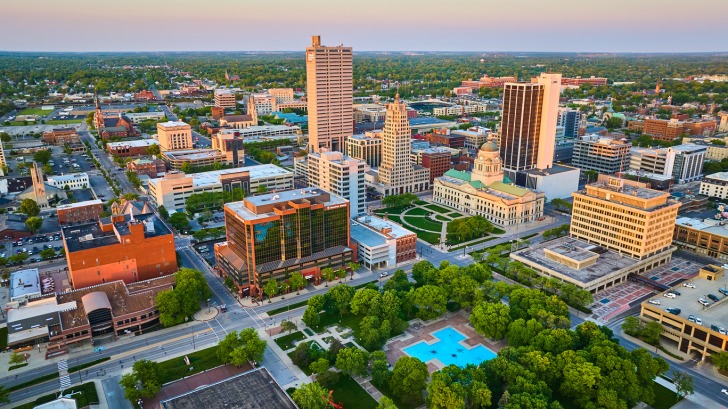
Contents
Pros of Living in Fort Wayne
1. Lower Housing Costs
Houses in Fort Wayne sell at about 50 percent of the national average, making it very possible to own a home on an average salary.
The overall cost of living is about nine percent below the national average.
Prices for homes have risen by six percent in recent years, but are still well below the national or state average.
The average house sells for $207,000 in Fort Wayne, and the national average is $416,000.
2. Lower Cost of Living
In addition to housing, about everything else is cheaper as well.
The general cost of living, which includes things like food, utilities, and housing is about nine percent below the national average.
Utilities and housing are the major contributors to lower costs here.
Transportation, including gas, is just above the national average, and grocery items are five percent below the national average.
3. Nature and Outdoor Activities
There are 87 parks and three public golf courses in Fort Wayne.
The parks range in size and what is offered, but there are lots of biking and hiking trails in and around all of them.
The city is also close to state parks and other natural areas to enjoy and relax in.
The four seasons offer a variety of activities outdoors.
4. Solid Education System
There are eight colleges, all with good reputations, in the city.
There are 18 more colleges in a 50-mile radius of Fort Wayne.
Public schools in grades K-12 are also highly ranked and have a solid reputation.
Kids can get a good education here, and there are a lot of opportunities for learning for adults as well.
5. Strong Cultural Diversity
There are several cultures represented in Fort Wayne, and there is a solid sense of community throughout the city.
There are cultural events often, give people the opportunity to learn about others and interact on a personal level.
Midwestern hospitality is also easily seen at these events, and it draws the community closer.
6. Community Spirit
There seems to be a lot of spirit in this town, and people want to have a nice city.
There are constantly festivals and other celebrations going on in Fort Wayne.
There is a big festival for the three rivers that lasts for nine days and is a major event for the city.
The arts and culture scene are strong, and that is shown by the various festivals and events.
7. Good Job Opportunities
The unemployment rate is below two percent in Fort Wayne, which means everyone who wants to have a job, pretty much has one.
The average income is $41,000, which is a bit below the national average, but the cost of living is even lower.
There are a variety of jobs available as well.
Manufacturing employs 38,000, retail trade has worked for 23,000, and health care assistance employees have about 32,000.
8. Overall Livability
The overall livability index takes into consideration a lot of factors, such as education, cost of living, crime, amenities, and general happiness.
Fort Wayne scores high on livability, as many areas of life are above average.
What makes a good city is subjective, but Fort Wayne scores well on having what most people want and need in a city.
9. Lots of Younger People
The median age for people living in Fort Wayne is 34.5, meaning there are a lot of young people in this city.
This means younger people are staying here and looking to start their families here as well.
Many Midwestern cities see people leave when they become adults, so people sticking around shows that the city has a lot to offer and is a desirable place to live.
Cons of Living in Fort Wayne
1. The Weather
Summer can be very hot and humid in the Fort Wayne area.
Winters are very cold and there is a lot of snow.
The area has all four seasons though, which is a plus.
Fort Wayne has a lot of extreme weather as well, including thunderstorms in summer, and blizzards in winter.
Tornadoes are also fairly common in the area in early summer.
The weather can be harsh, but you always know it will change at some point.
2. Cold and Gray Winters
Winter lasts from the beginning of December well into late March.
It gets a fair amount of snowfall, but not as much as cities on lakes get.
The problem is the cold.
It may barely get above 30 for a couple of months, and be below zero at night.
People who live there say the hardest part is the long periods of gray days.
You could go weeks with cloudy skies and no sunshine.
The long period of gray skies, combined with the cold, wind, and snow, makes winter a definite negative.
3. Lack of Public Transportation
Fort Wayne does have a bus system, but it serves only a small area of the city.
You will need your own car here, especially if you want to go out of the city.
This is a common negative of many Midwestern cities, and Fort Wayne fits the mold as well.
This leads to traffic congestion, and it is even worse when the weather is bad.
4. Crime Rate
The overall crime rate in Fort Wayne is a little above the national average.
This is unusual since both violent and property crime rates are slightly below the national average.
Some areas are more dangerous than others, and there are places downtown that are not good.
It is not as bad as some major cities, but it is still bad enough to make you watch your back when you are in the city.
5. Connections to Larger Cities
The airport does not offer many direct flights, which makes travel a little more expensive and inconvenient.
Some promote the idea that Fort Wayne is two or four hours from major cities like Chicago, Cleveland, or Indianapolis.
That is not a terribly long distance, but it is not close enough for it to be considered convenient.
With the lack of public transportation, you will need your own vehicle to visit those cities anyway.
6. Quiet Nightlife
Fort Wayne does have similar amenities to what large cities have, but it lacks when it comes to its nightlife.
There are restaurants, music, and theaters of many kinds in the city, but there is often not a lot of diversity in this area.
When it comes to nightlife, Fort Wayne acts like a smaller city for the most part.
7. Homelessness Is on the Rise
There are between 1,000 and 3,000 homeless people in Fort Wayne.
That is not a lot for big cities, but it is a significant number for a city the size of Fort Wayne.
Even though the cost of housing is relatively low in Fort Wayne, it is still a significant expense that many cannot afford.
There are plenty of jobs, but you need a certain income level to afford housing.
There are a lot of factors, but there are a significant number of homeless people in Fort Wayne,
8. Poverty
Like homelessness, it seems counterintuitive, but there is a significant problem with poverty in Fort Wayne.
The downtown area, and the southeast area, both have poverty rates of about 15 percent.
The national average poverty rate is 12.8 percent, and the state average is 12.2 percent.
These are people who are very poor but not homeless, and they may have jobs as well.
9. Questionable Water
The city’s drinking water comes from one of the three rivers in Fort Wayne.
The rivers have a history of pollution.
They have improved in recent years, but have a way to go.
The city keeps a close eye on its water system and assures the public it is safe.
It is for the most part, but there are higher levels of toxic materials than some are comfortable with.
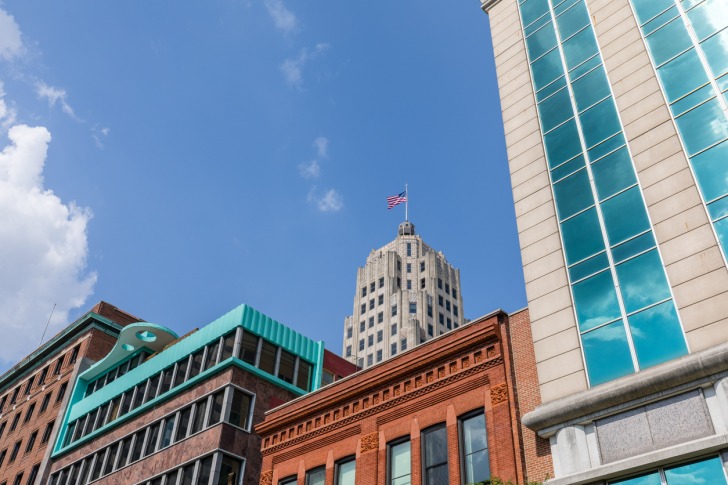
Pros and Cons of Living in Fort Wayne, IN – Summary Table
| Pros of Living in Fort Wayne | Cons of Living in Fort Wayne |
|---|---|
| 1. Lower Housing Costs | 1. The Weather |
| 2. Lower Cost of Living | 2. Cold and Gray Winters |
| 3. Nature and Outdoor Activities | 3. Lack of Public Transportation |
| 4. Solid Education System | 4. Crime Rate |
| 5. Strong Cultural Diversity | 5. Connections to Larger Cities |
| 6. Community Spirit | 6. Quiet Nightlife |
| 7. Good Job Opportunities | 7. Homelessness Is on the Rise |
| 8. Overall Livability | 8. Poverty |
| 9. Lots of Younger People | 9. Questionable Water |
Fort Wayne Safety Overview
READ THE FULL REPORT: Fort Wayne Safety Review
Safety Index:
- OVERALL RISK: LOW
- TRANSPORT & TAXIS RISK: LOW
- PICKPOCKETS RISK: LOW
- NATURAL DISASTERS RISK: MEDIUM
- MUGGING RISK: LOW
- TERRORISM RISK: LOW
- SCAMS RISK: LOW
- WOMEN TRAVELERS RISK: LOW
Frequently Asked Questions
Why do some see Fort Wayne as centrally located?
It is about 150 miles from Chicago, Detroit, or Indianapolis, making it not that far from major cities.
It is about the same distance from the Great Lakes.
It is centrally located in that sense, but a little too far to be considered convenient to visit for a day.
What is something Fort Wayne is famous for?
The Fort Wayne Children’s Zoo is ranked as one of the best, if not the best, children’s zoos in the United States.
It is very large and has many areas of the world represented.
It is a typical zoo in many ways, but it is geared more toward children and allows them to get closer to animals than a standard zoo would.
As much as possible children are allowed to touch or pet animals of many kinds.
Why is Fort Wayne considered a conservative town?
It is a medium-sized city, but it is also in the middle of farming country.
In some ways, it still has a lot of rural influences that overshadow what cities normally have.
Farmers tend to be conservative, and many in the area have moved into town, making it a more conservative area.
Where did Fort Wayne get its name?
It is named after General Anthony Wayne, a military leader who established a fort where three rivers come together.
The fort, and city were founded in 1794, but the city did not start growing until the early 1830s with the establishment of the Erie Canal.
The original fort can still be visited.
What is the state of the rivers in Fort Wayne?
Fort Wayne has three rivers, which have been a source of recreation for years.
Unfortunately, they tend to be polluted and have a history of being dark and ugly.
It has gotten better with tighter environmental regulations, but the damage over the years has not been fully recovered.
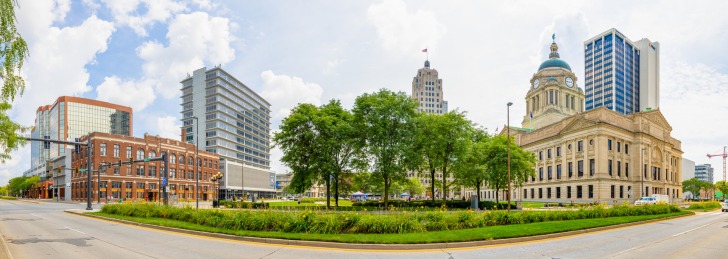


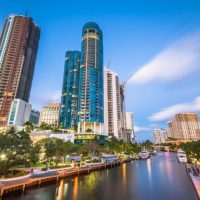
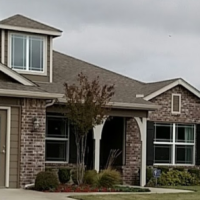
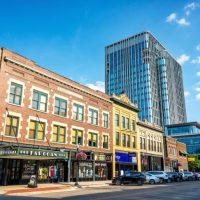
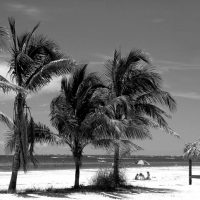





Moved here from Chicago after searching inexpensive safe cities. Very dissapointed after 4+ years of living here. Safety is no concern and proper medical help is hard to find. Food here is blah unless you visit familiar chain reasturants and shopping follows suit. I will search more diligently next move into safe places with better weather and nicer atmosphere in general.